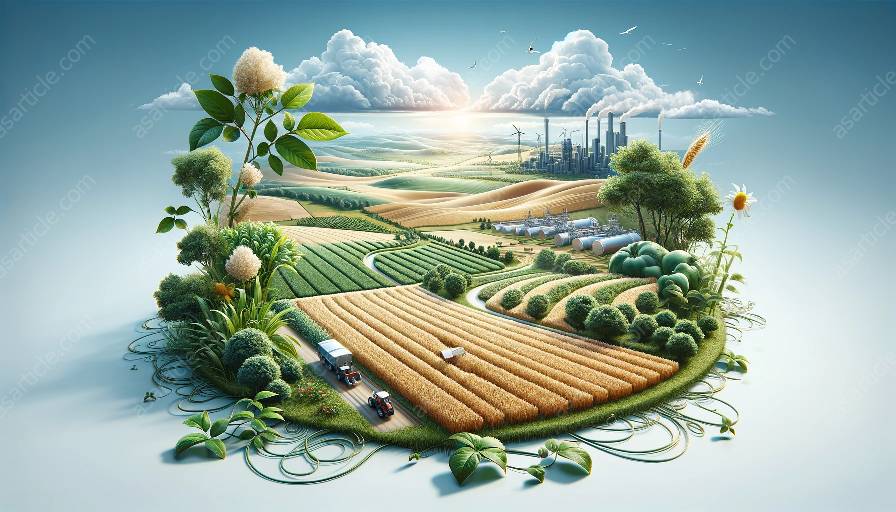When it comes to sericulture and agricultural sciences, the analysis of silk quality plays a crucial role. Understanding the factors that contribute to silk quality is essential for maximizing the yield and quality of silk production. This topic cluster will delve into the various aspects of silk quality analysis, exploring its significance in the context of sericulture and agricultural sciences.
Fundamentals of Silk Quality
Silk quality analysis involves the assessment of various parameters that directly impact the overall quality of silk. These parameters include fiber strength, fiber length, silk purity, and uniformity. Additionally, factors such as the rearing conditions of silkworms, environmental factors, and post-harvest processing also influence silk quality.
Sericulture and Silk Quality Analysis
In the field of sericulture, understanding silk quality is paramount for ensuring the success of silk production. Sericulturists rely on rigorous analysis methods to assess the quality of silk cocoons and raw silk. This involves the use of advanced techniques such as tensile strength testing, denier testing, and microscopic analysis to evaluate the physical and chemical properties of silk fibers.
Methods of Silk Quality Analysis
The analysis of silk quality encompasses a range of methods and tools designed to evaluate different aspects of silk fibers. These methods include:
- Tensile Strength Testing: This method measures the force required to break the silk fiber, providing crucial insights into its strength and resilience.
- Denier Testing: Denier is an important parameter that measures the fineness of the silk fiber. Analyzing the denier helps in assessing the overall quality and texture of silk.
- Microscopic Analysis: Microscopic examination allows for the observation of silk fibers at a microscopic level, enabling the assessment of fiber diameter, surface morphology, and uniformity.
- Chemical Analysis: Chemical tests can reveal the purity of silk by detecting the presence of adulterants or impurities, ensuring the authenticity of the silk fiber.
Impact of Agricultural Sciences
Within the realm of agricultural sciences, the analysis of silk quality extends to exploring the influence of agricultural practices on the resulting silk. The use of organic farming methods, pest management strategies, and environmental conditions directly impact the quality of silk production. Through careful analysis and research, agricultural scientists aim to optimize these factors to enhance silk quality and sustainability.
Advancements in Silk Quality Analysis
With technological advancements, the analysis of silk quality has seen significant progress. Automation and digital imaging techniques have revolutionized the evaluation process, allowing for more precise and efficient assessment of silk fibers. These advancements enable sericulturists and agricultural scientists to make informed decisions regarding cocoon harvesting, raw silk processing, and quality control.
Future Directions in Silk Quality Analysis
As sericulture and agricultural sciences continue to evolve, the future of silk quality analysis holds promise for further innovations. Research in genetic engineering, sustainable farming practices, and biomimicry may lead to breakthroughs in enhancing silk quality and sustainability. By integrating cutting-edge technologies and interdisciplinary approaches, the analysis of silk quality is poised to drive advancements in sericulture and agricultural sciences.

